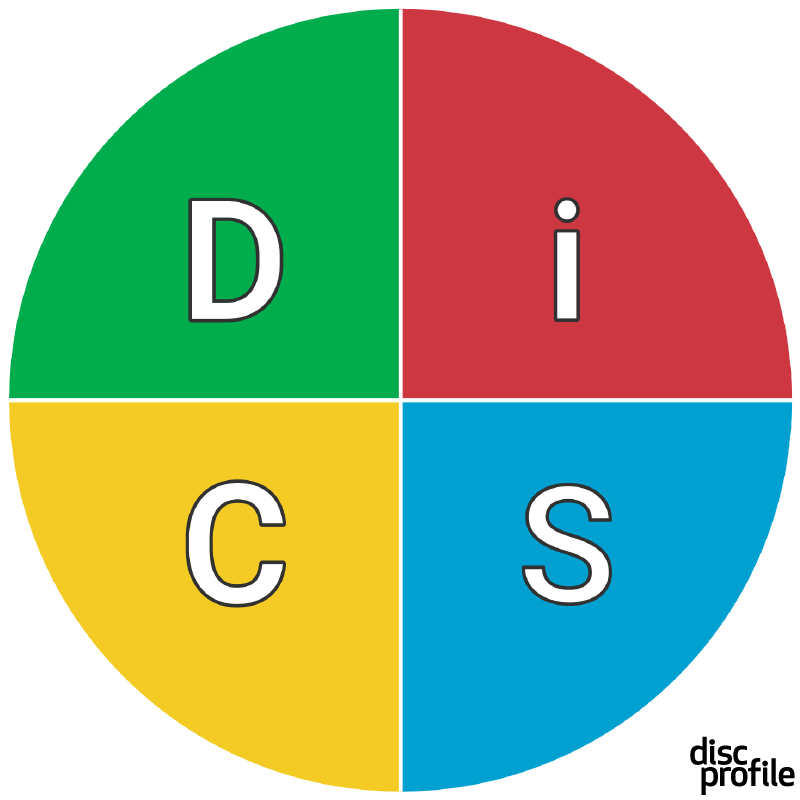Defining Your Offering is a Make-or-Break Step for MSPS
What is your offering as an MSP? What sets you apart from the competition?
Response time? Price? Tech knowledge?
Perhaps it’s how your team speaks to people in plain English? Maybe you feel like you’re better at building relationships with clients.
Unfortunately, that’s exactly what your competitors are saying, too. When asked to write down three things that set their MSP apart from the pack at the
CharTec Academy, most respondents list one of these qualities.
The truth is that everyone you’re competing against already does all of these things. That's the minimum you should be offering as an MSP. We call these basic offerings “permission to play.”
If you’re focusing on any of these as your “unique” selling point to clients, you’re saying the same thing as everyone else who talks to them. Even if it’s all true, it’s not enough to stand out from the crowd. To truly stand apart you’ll need to dig deeper to determine what makes you better than all the rest.
How can you do that?
Your website needs to show potential customers what their experience will be like and how easy you are to reach when they need help. Make sure you are branded as a Managed Service Provider and list everything you offer, from installing computers to cybersecurity.
Verticalization can go a long way. As we’ve discussed, clients prefer specialists and are willing to pay for them. If you focus on a specific vertical, you’ll be well-versed in their needs and challenges and can show them how you can help them work more efficiently.
However, the best advice here is to try to understand what the client is thinking. You need to know their pain points. And to do that, you need to talk to everyone in the office and not just the CEO. In every office, you'll find out that the employees are aware of problems that no one tells the CEO about. You’ll want to find these issues so you can address them and make your offering show value to everyone.
Focus on the Discovery
When you walk into a new Prospect’s office, the first response you get is probably, “Who’s this guy, and why should I answer his questions?” You’re unknown to them, and there’s no trust built yet. That's why it's hard to get people to engage. And that's why you need to research what you're going to expect. You need to find out as much as you can about this new company before you show up. You have to know who they are and what they do to be able to ask critical questions. Just showing that you're an expert in IT is not credible to them if you don’t know what they do.
During discovery, your questions have to be easy to answer. Offer multiple-choice questions and don’t confuse them. Every question you ask has to have a reason why you're asking it. If you can learn how to get people to share, you'll be able to give them the solutions they need. Because if they don't share, we don't know what product to offer them.
Imagine if we didn't share any information with our doctors when we need them? How could they help us? How could they address our health issues? They can't. That’s why they’re asking us questions.
The problem we have when we visit these clients is we don't know enough about the vertical market or industry to ask credible questions. Start learning more about that and your first appointment will be a piece of cake. Always study a new prospect. It makes your job so much easier!
Get Everyone on Board
Yes, the CEO makes the decisions, and you need to get him on board without question. But you also need to acknowledge that each person working within the company has a different experience with the technology they use. The customer support team is going to have a different experience than the CEO. The receptionist has a different experience than the logistics team. You need to get everyone on board for their self-serving reasons.
Let’s use a cable TV analogy to illustrate the value of this approach. A person selling you a cable plan will find out what you like to watch and build up their channels to get you excited. But it's not just you that they have to win over – it's also your family. They'll mention which channels align with your spouse's interests. They'll find out what your kids like to watch and highlight channels they’ll love. When you’ve got the whole family excited about the cable package, you’re a lot more likely to see the value in signing up for it. The same is true of the decision-makers considering your offering.
Not only do you need to understand what they are looking for, but you need to be able to articulate the value your services will provide them. You must show them how you’ll protect their data and enhance their business. If you dig deep enough during your Discovery, you’ll communicate this flawlessly during the Sales Presentation. Build that excitement.
Standing out to prospective clients is only part of the equation when it comes to succeeding as an MSP. For in-depth training on getting the most from your sales, marketing, HR, finance, and operational efforts,
sign up for our streaming Virtual Academy, May 19
th & 20
th and a valuable
Pre-day with D&H and CorKat on May 18th.





